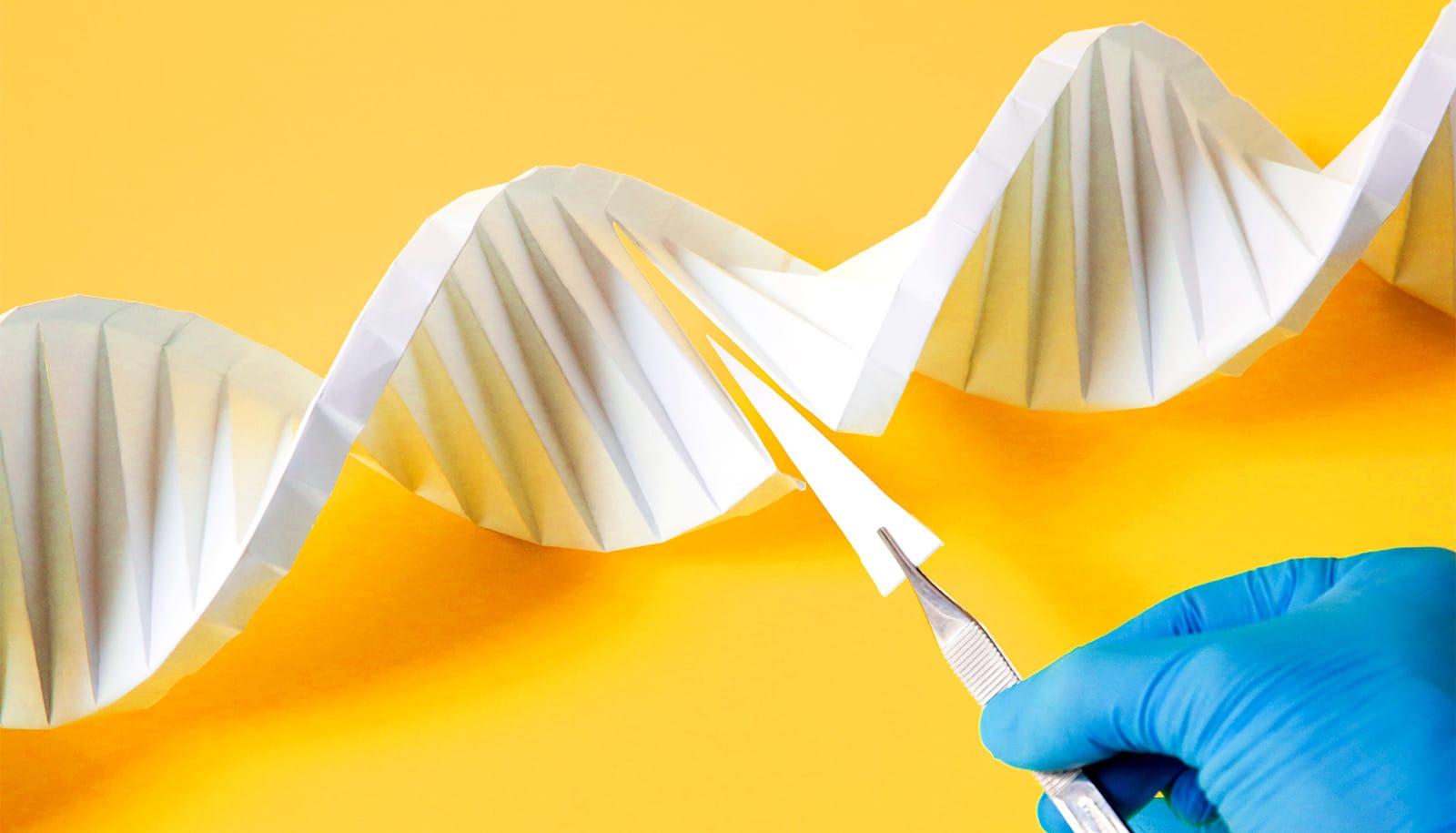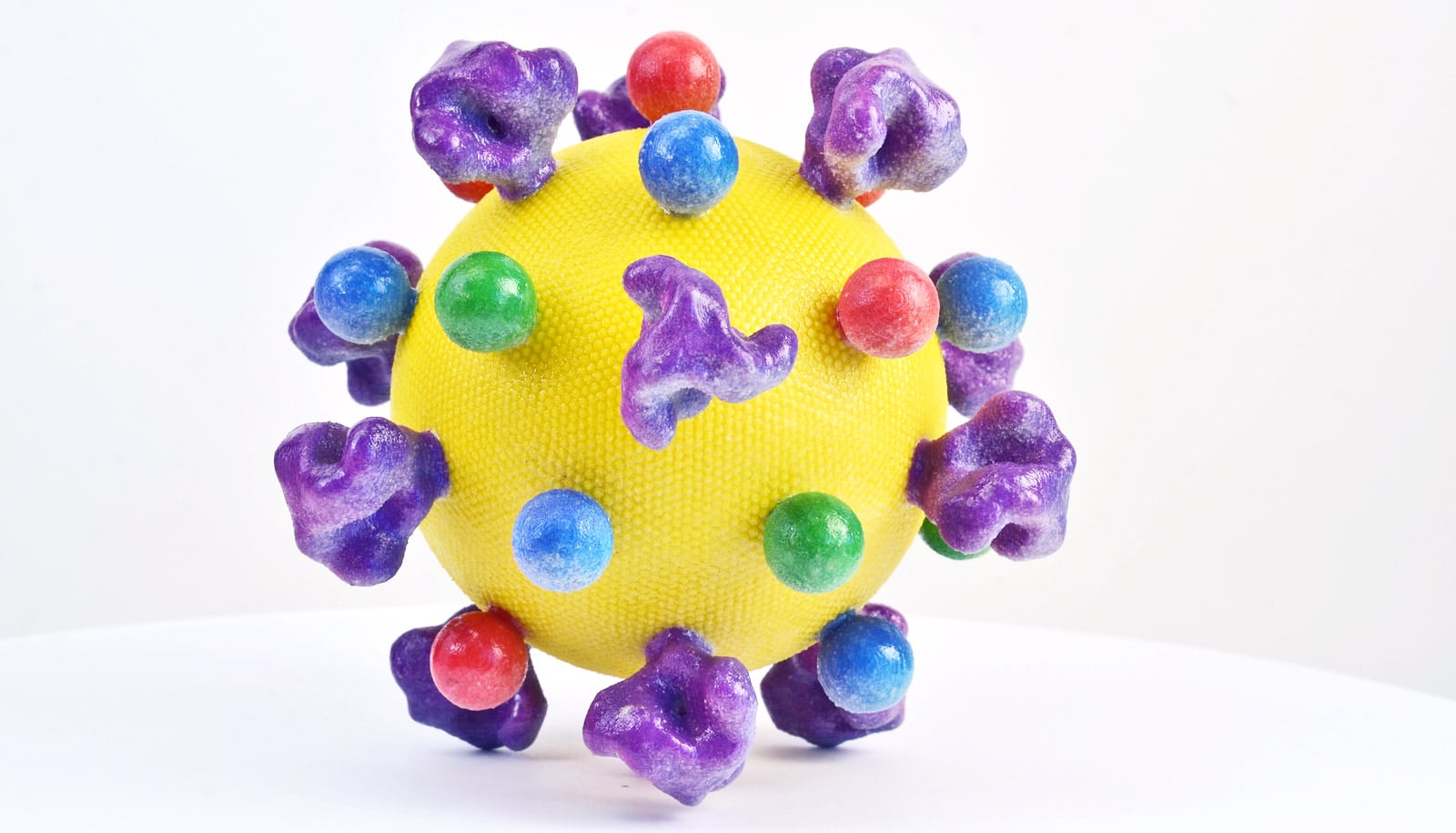New research offers a promising step toward eliminating HIV throughout the body.
While HIV infection is now largely manageable with the help of antiretroviral therapy (ART), the virus persists in hard-to-reach reservoirs of the body, requiring those infected to remain on ART for life. The new work may pave the way to changing that.
“This is an important development in what we hope will be an end to HIV/AIDS.”
Using a sophisticated method of gene editing to precisely cut and remove segments of simian immunodeficiency virus (SIV)-specific DNA in viral reservoirs, researchers have prevented the replication of new virus. SIV is a virus closely related to HIV.
Using a nonhuman primate model of SIV infection, the researchers demonstrated that an adeno-associated virus can deliver CRISPR/Cas9 gene editing molecules into SIV viral reservoirs in the lymph, spleen, bone marrow, and brain.
Like using “molecular scissors,” the treatment cuts out sections of viral DNA to prevent the cells in these reservoirs from making new virus.
Within three weeks, the treatment eliminated up to two-thirds of the virus from some hidden reservoirs in nonhuman primate subjects on ART.
The findings encourage co-corresponding author Andrew MacLean, associate professor of microbiology and immunology at Tulane University’s National Primate Research Center.
“This is an important development in what we hope will be an end to HIV/AIDS,” MacLean says. “The next step is to evaluate this treatment over a longer period to determine if we can achieve complete elimination of the virus, possibly even taking subjects off of ART.”
MacLean is hopeful that this treatment strategy will translate to people living with HIV. While lifesaving, ART may also have unintended side effects, and the viral reservoir untouched by the therapy may still be capable of causing neurological complications.
The team’s findings appear in Nature Communications. Additional researchers from Tulane University, Texas Biomedical Research Institute, and Temple University contributed to the work.
Source: Tulane University



